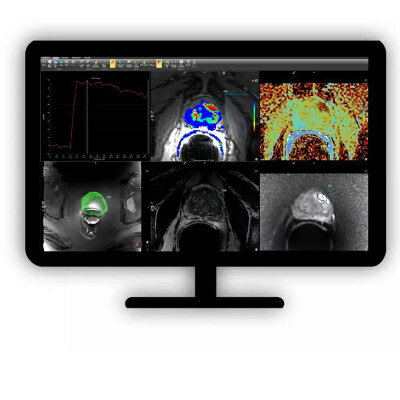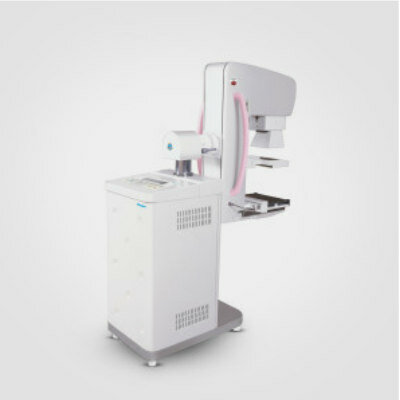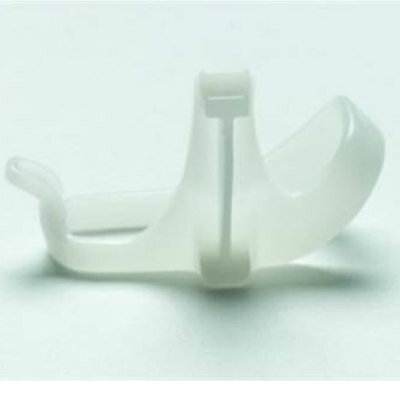Battle Lines Drawn in the CT Dose Reduction Field
By MedImaging International staff writers
Posted on 28 Jul 2011
Over the past 10 years computed tomography (CT) imaging vendors have been in a fierce race to capitalize on the trend for multislice CT equipment. However, in the last three years, increasing fears over radiation exposure from CT scans have fueled a focus on dose-reduction, and CT product development has followed suit. Posted on 28 Jul 2011
As battle lines are drawn in the dose-reduction arena, InMedica (Wellingborough, UK), an international market research company, analyzed the competition for CT slices in a new report. Significantly, what will this mean for dose reduction? “Globally, no one vendor dominates all CT equipment slice markets. Moreover, the supplier rankings in any one segment changes by geographic region,” reported Theo Ahadome, a market analyst at InMedica. “Market leaders in the higher-slice segments, who may have proven superior image quality, are faced with the pressure of proving that they can incorporate effective dose-reduction techniques, without offsetting image quality.”
This is evident in the market share estimates presented by InMedica. “In 2010, the global CT equipment market was estimated to be worth [US]$3.3 billion. While GE Healthcare [Chalfont St. Giles, UK] was ranked first in the global CT equipment market in 2010, by segment, it was ranked as market leader only in the 16-slice and below 16-slice segments. Conversely, Toshiba Medical Systems [Tokyo, Japan], which was positioned fourth in terms of the global market, was estimated as market leader for above 64-slice systems,” continued Mr. Ahadome.
As the proportion of higher-slice systems in the CT market is projected to increase over the next five years, so too is the pressure on manufacturers to simultaneously enhance images and advance clinical applications, at a lower dose. An important trend will be the introduction of dose-reduction techniques as standard features in higher-slice systems. Toshiba Medical Systems has already done this; it recently installed its first Aquilion One 320-slice CT system with dose-reduction software as standard, signaling increasing competition in the dose-reduction market.
“Ultimately, the responsibility for ensuring dose reduction however, must fall on the purchasing hospital and how much reduced dose they will consider sufficient to choose a particular system. Although many manufacturers claim at least a 75% dose reduction from different techniques, one must question what this means in real-terms to the patient. Is it enough that the dose is reduced by 75% of what it otherwise would have been? Moreover, it is unclear what role the Medical Imaging and Technology Alliance [MITA; Arlington, VA, USA; www.medicalimaging.org] will play. MITA certainly needs to be clearer on what its principle of dose reduction means in real terms. What does ‘as low as reasonably achievable’ actually mean?” questioned Mr. Ahadome. These issues will influence the success of dose-reduction and shape the role CT will play in medical imaging over the next 10 years.
InMedica is the brand name of MS Research’s medical research group. The company publishes market research on clinical care devices, consumer medical devices, medical imaging and healthcare information technology (IT) and telehealth.
Related Links:
InMedica
Medical Imaging and Technology Alliance














